Discovering Pakistan: Journey with Bilal and Mursal!

Embark on a captivating journey as we delve into the rich tapestry of Pakistan’s cultural heritage. From its vibrant traditions to the warm hospitality that defines the nation, join us in unraveling the unique and diverse aspects that make up the cultural mosaic of Pakistan. As we navigate through the customs, art, and traditions, get ready to be immersed in a fascinating exploration of the enchanting world that is Pakistan’s cultural landscape.
Meet Bilal!

میرا نام بلال ہے اور میں یہاں یونیورسٹی آف ناردرن آئیووا میں کمپیوٹر سائنس کا نیا میجر ہوں۔
میں کراچی، پاکستان سے ہوں جو پاکستان کے جنوب میں واقع ایک بہت بڑا ہلچل مچانے والا شہر ہے۔
میں کل تین بہن بھائیوں میں سب سے چھوٹا ہوں اور دونوں نے اپنے ماسٹرز کے لیے بیرون ملک تعلیم حاصل کی ہے اس لیے میرے والد چاہتے تھے کہ میں بھی اپنے خوابوں کو پورا کروں۔
میں بہت باہر جانے والا اور سماجی شخص ہوں۔ مجھے خاص طور پر اپنے دوستوں کے ساتھ پاکستان کے شمالی حصے میں پہاڑوں کا دورہ کرنا پسند ہے۔
میں دنیا کو تلاش کرنے اور پوری دنیا کے لوگوں سے مل کر نئی چیزیں سیکھنے کا شوق رکھتا ہوں۔
!میں یہ دیکھ کر پرجوش ہوں کہ مستقبل میں میرے لیے کیا ہے
Hi my name is Bilal and I am a freshman computer science major here at the university of northern iowa.
I am from Karachi, Pakistan which is a huge hustling bustling tropical city located in the south side of Pakistan.
I am the youngest of total three siblings and both of them studied abroad for their masters so my dad wanted me to pursue my dreams as well and here i am.
I am a very outgoing and social person. I love visiting the mountains in the northern side of Pakistan especially with my friends.
I am passionate about exploring the world and learning new things by meeting people from all across the world.
I am excited to see what the future has in store for me!
Bilal Iqbal Baig – Undergraduate Student
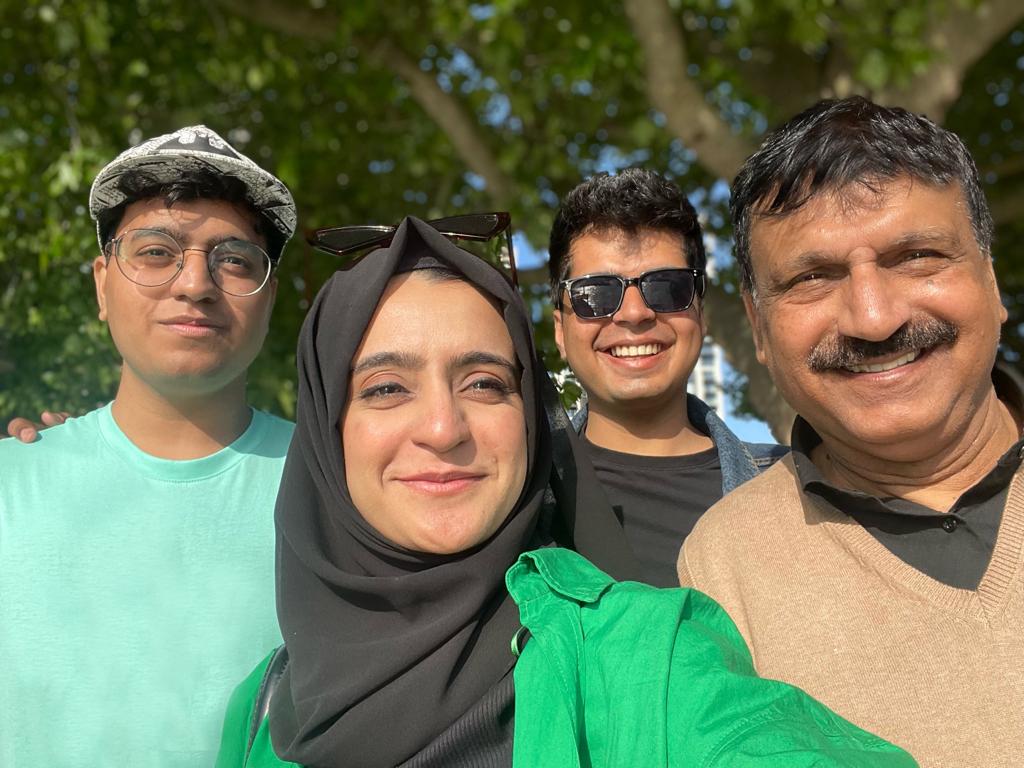
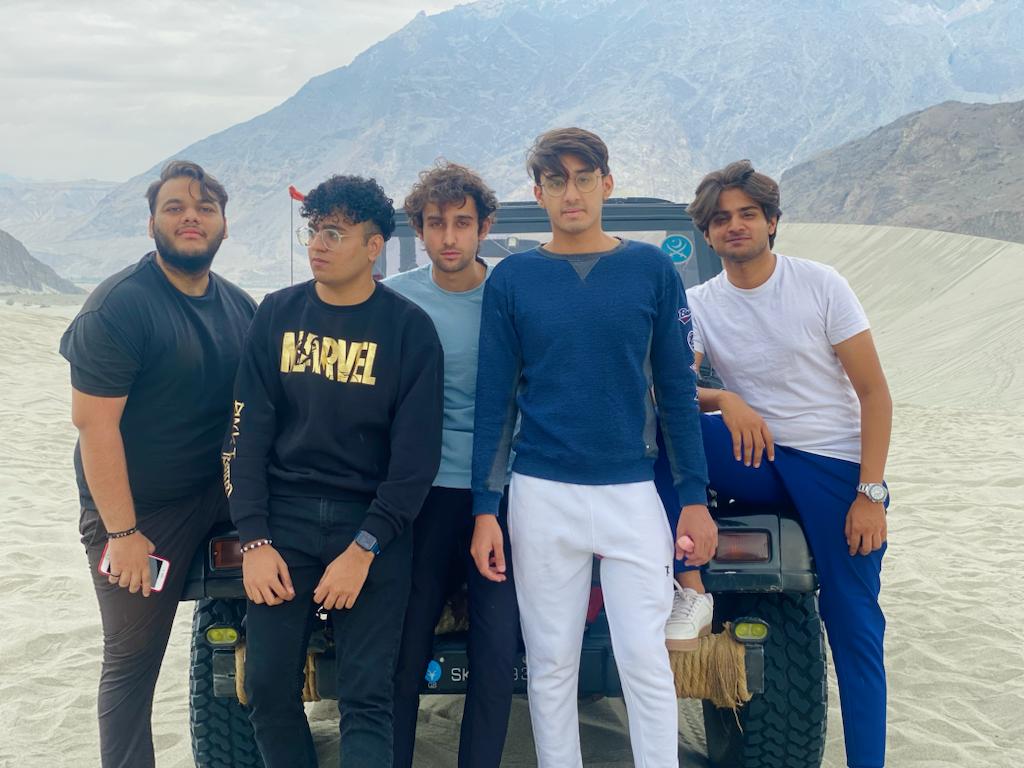
Meet Mursal!

Aslamuallikum mera naam mursal he, me Pakistan se taluq rakhta Hu, me UNI spring 2022 me aya tha, aur yaha ke log bohot he achey Mizaj ke he, or yeh mera bohot Acha Faisla tha jab mene UNI ko choose kiya Me business analytics parh raha Hu kyuke mujhe data ke barey maloomat Lena bohot Passand he.
My name is Mursal, I am a sophomore majoring in Business Analytics, I come from Hyderabad,Pakistan and I came to UNI in Spring of 2022, Coming to UNI was my best decision when I was choosing a university in the United States, people here are amazing and welcoming, specially professors, they are super helpful and flexible. I chose business analytics because as the world is growing and so is data so I really liked learning about data, that’s why I chose Business analytics. I look forward for internships my next summer so I can have some work experience before graduation.
Mursal Ahmed Khatian – Undergraduate Student

Landscapes of Pakistan
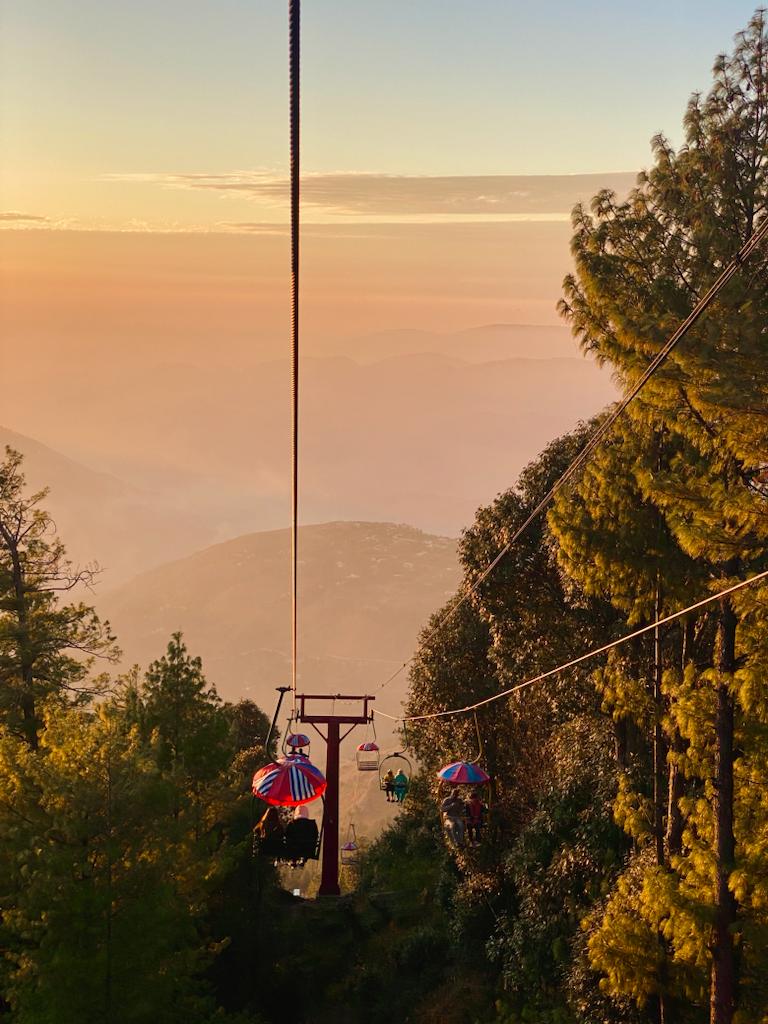
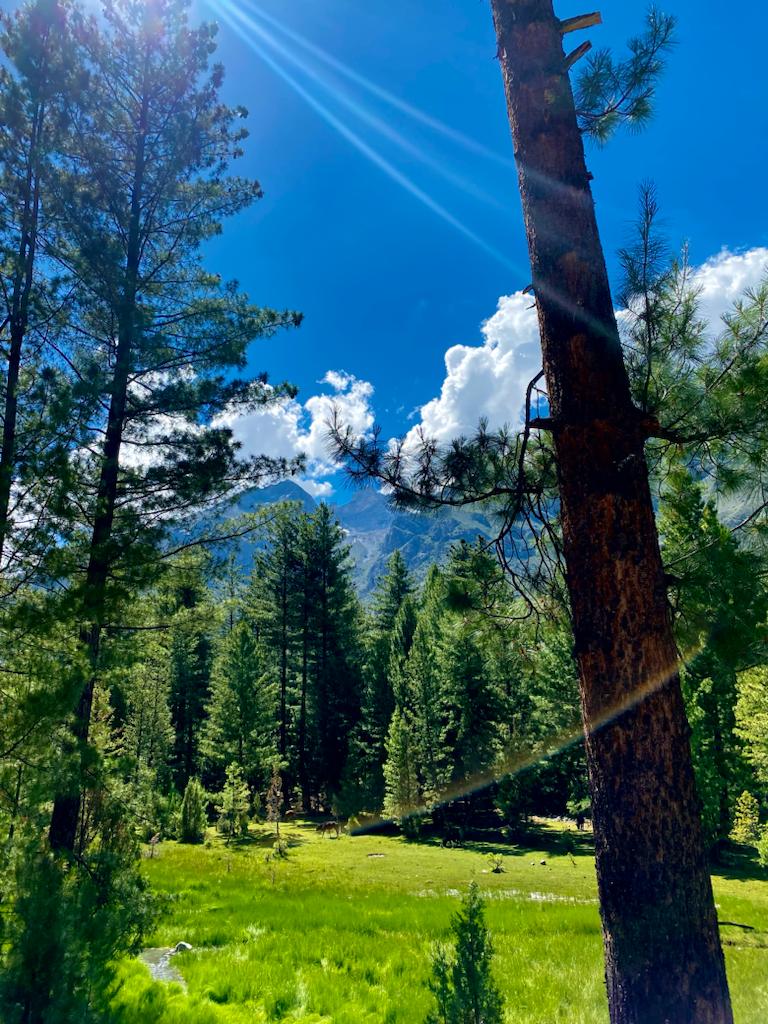
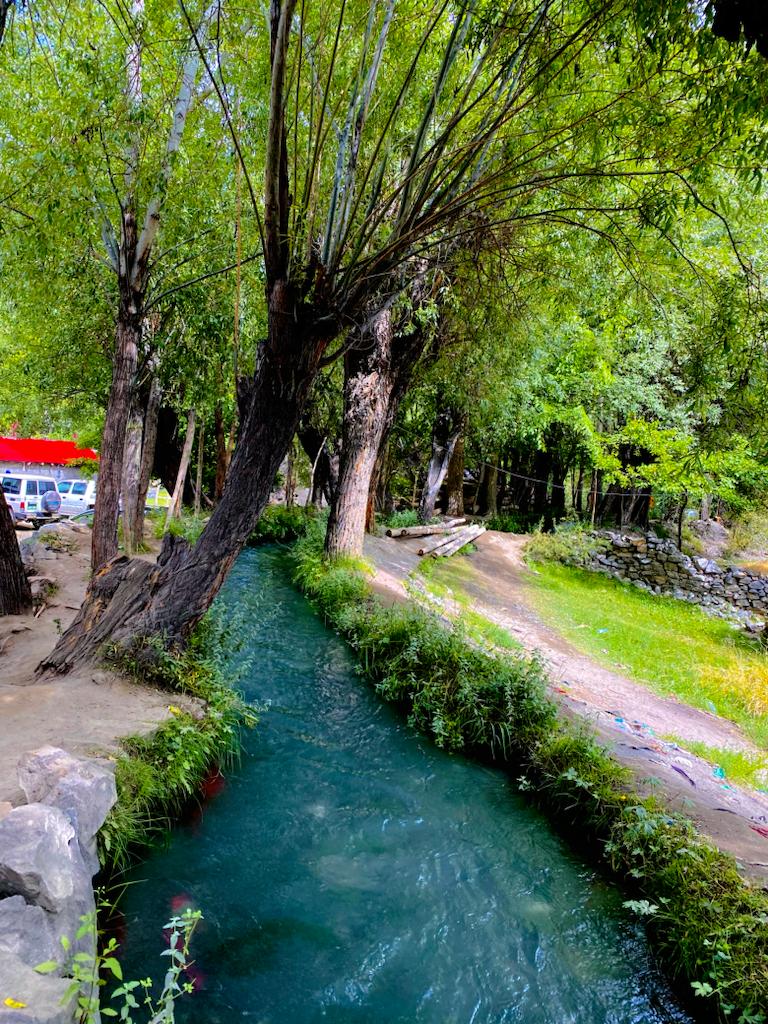


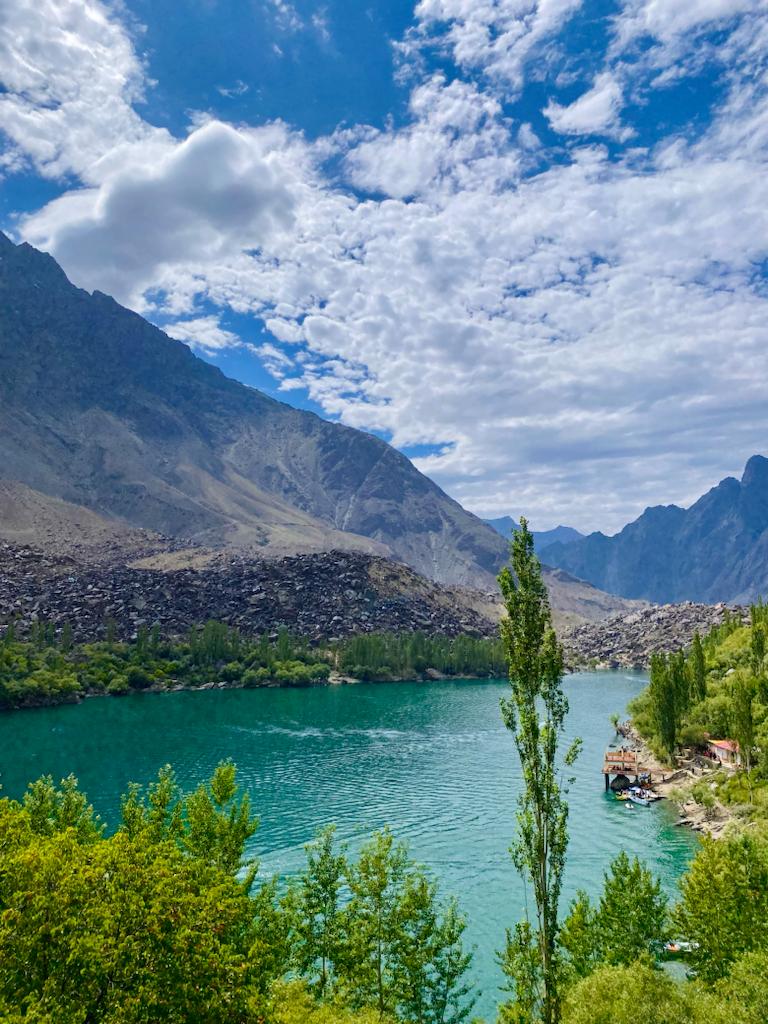
Where is Pakistan located?
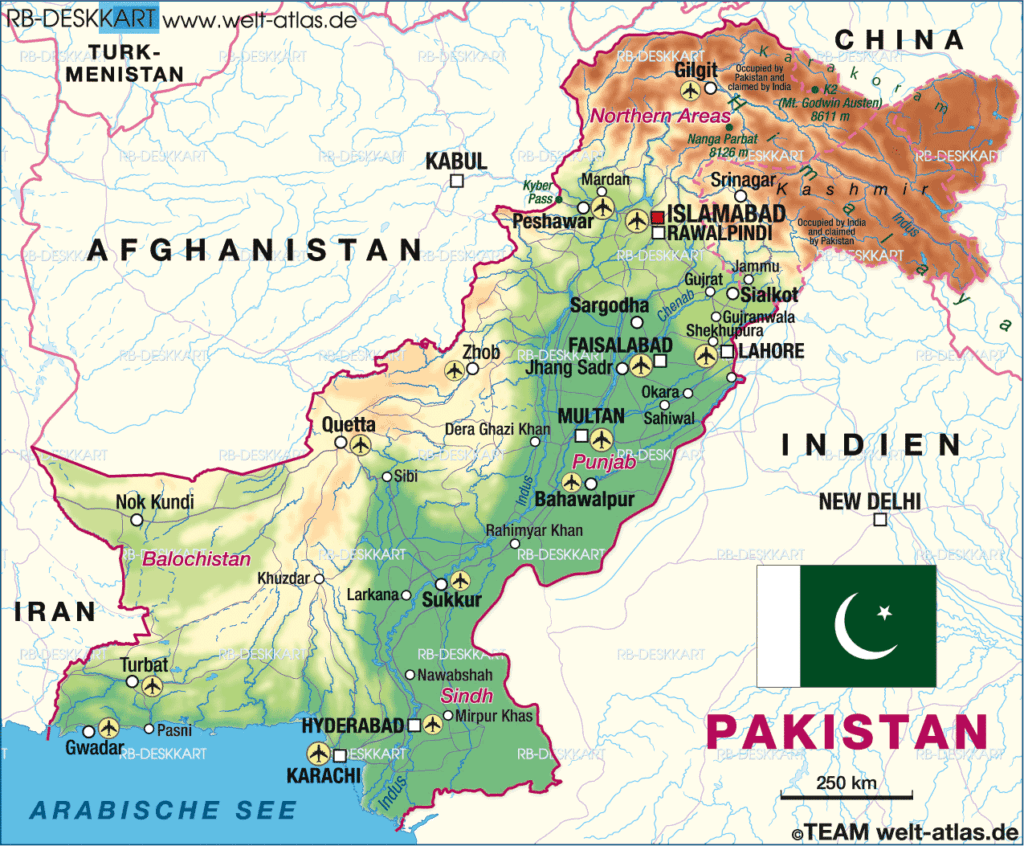
Pakistan is a country located in South Asia. It shares borders with India to the east, Afghanistan and Iran to the west, and China to the north. To the south, Pakistan has a coastline along the Arabian Sea. The capital city of Pakistan is Islamabad, and its largest city is Karachi.
Places to visit in Pakistan
Pakistan is a country with a diverse landscape and a rich cultural heritage, offering a variety of destinations for travelers. Here are some notable places to visit in Pakistan:
- Hunza Valley: Nestled in the Karakoram Range, Hunza Valley is renowned for its breathtaking scenery, including snow-capped peaks, serene lakes, and picturesque villages like Karimabad.
- Skardu: Located in Gilgit-Baltistan, Skardu serves as a gateway to some of the world’s highest peaks, such as K2. The Shangrila Resort and Shigar Fort are among the attractions in the area.
- Lahore: Known as the cultural capital, Lahore boasts historical landmarks like the Badshahi Mosque, Lahore Fort, and the vibrant Walled City. The Lahore Museum and Shalimar Gardens are also must-visit attractions.
- Islamabad: The capital city is surrounded by the Margalla Hills National Park, providing a scenic backdrop. Faisal Mosque, one of the largest mosques globally, and Daman-e-Koh viewpoint are popular spots.
- Karachi: As the largest city, Karachi offers a mix of modernity and tradition. Clifton Beach, Pakistan Maritime Museum, and Quaid’s Mausoleum are among the city’s attractions.

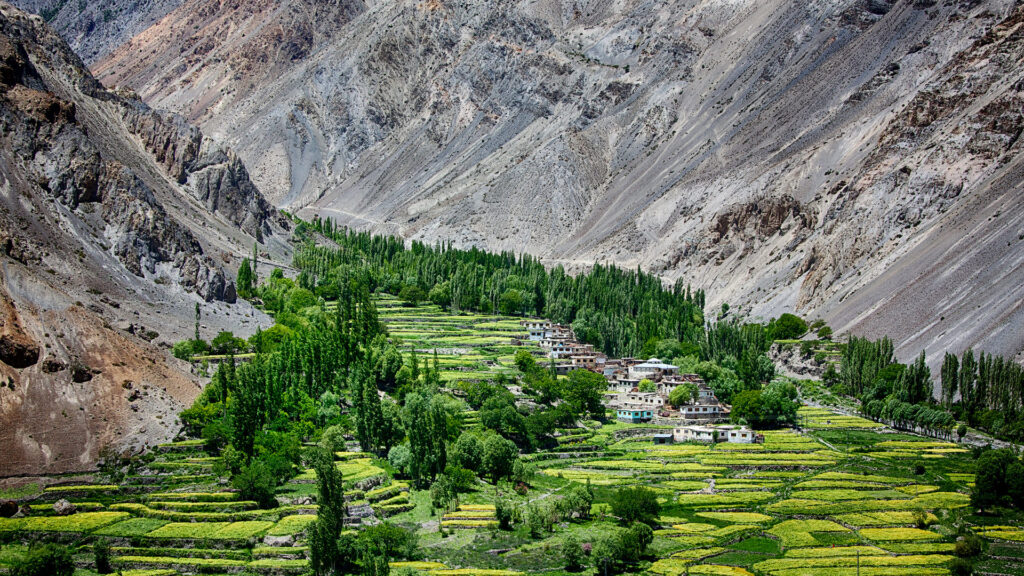

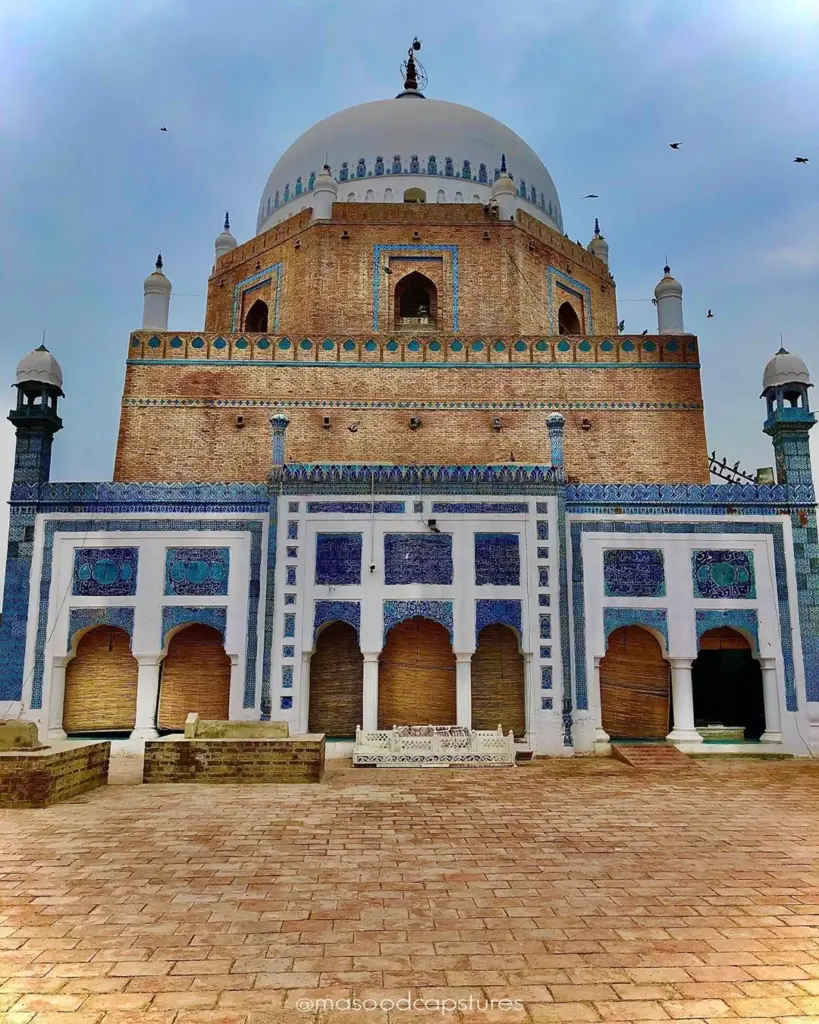

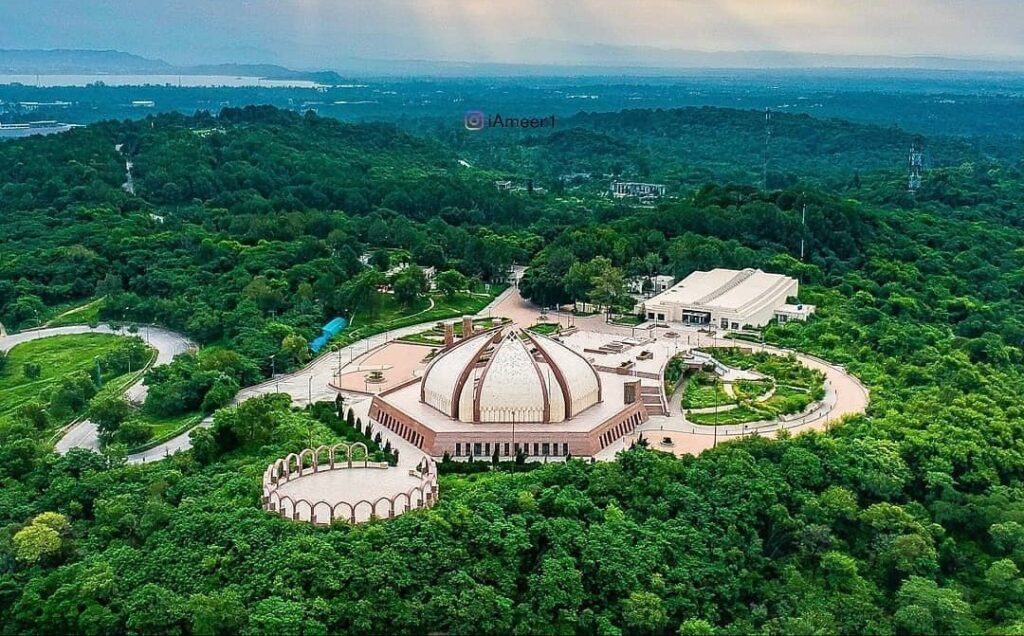
- Swat Valley: Often referred to as the “Switzerland of Pakistan,” Swat Valley is known for its lush green valleys, waterfalls, and archaeological sites like the Buddhist stupas in Butkara and Udegram.
- Multan: Known as the “City of Saints,” Multan is famous for its bazaars, historic shrines, and the Multan Fort. The annual Sufi festival, known as Urs, attracts visitors from all over.
- Fairy Meadows: Situated near Nanga Parbat, the world’s ninth-highest mountain, Fairy Meadows offers stunning views and serves as a base camp for trekkers.
- Mohatta Palace, Karachi: An architectural gem, Mohatta Palace showcases the blend of Indo-Saracenic and European styles and houses an art gallery.
- Mohenjo-daro: An ancient archaeological site of the Indus Valley Civilization, Mohenjo-daro provides a glimpse into one of the world’s earliest urban centers.
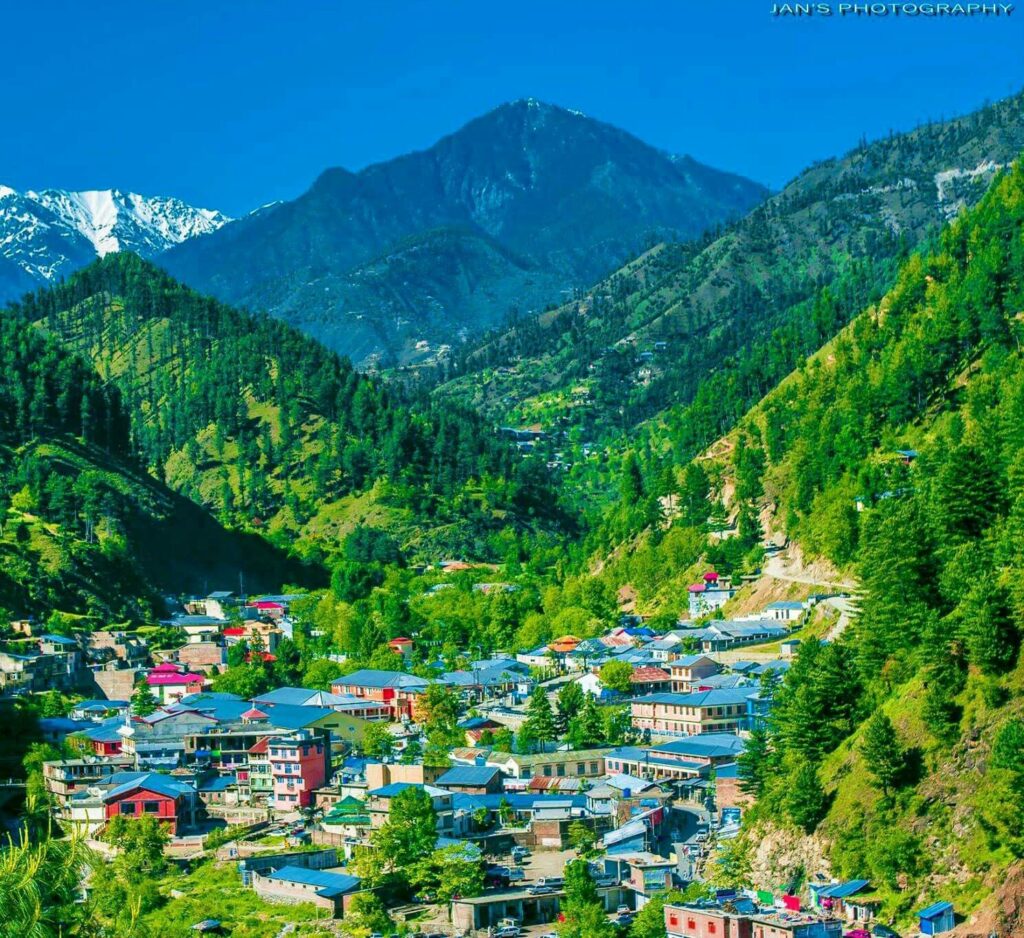


Traditional food
Pakistan has a rich and diverse culinary heritage, influenced by various regions and cultures. Here are some traditional Pakistani dishes that are popular across the country:

- Biryani: A flavorful and aromatic rice dish, biryani is made with basmati rice, meat (chicken, beef, or mutton), and a blend of spices. It often includes ingredients like yogurt, tomatoes, and fried onions.

- Nihari: A slow-cooked stew made with meat, usually beef or mutton, Nihari is rich in spices and has a distinct flavor. It’s often enjoyed with naan (flatbread) and garnished with fresh ginger, green chilies, and coriander.
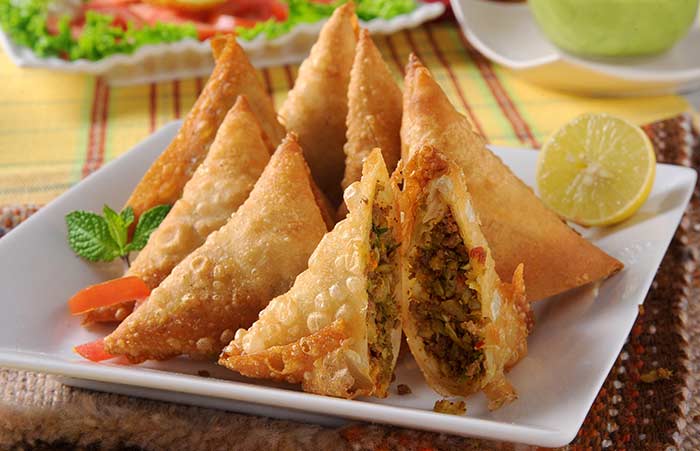
- Samosas: Deep-fried pastry pockets filled with a mixture of spiced potatoes, peas, and sometimes meat. Samosas are popular snacks and are often served with chutney.
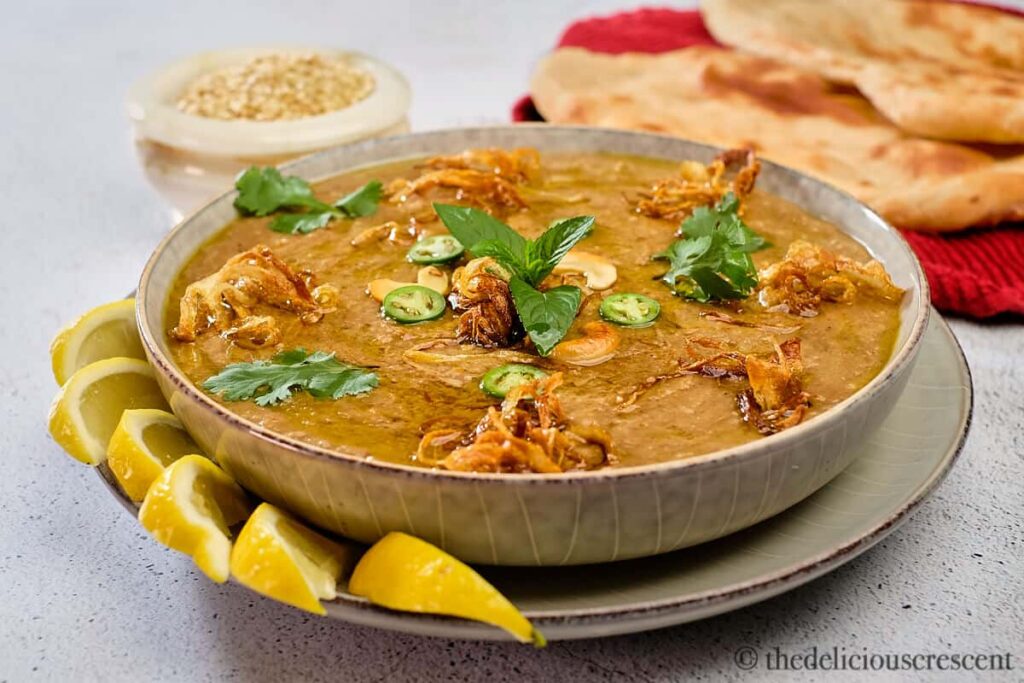
- Haleem: A thick and hearty stew made with a blend of lentils, wheat, and meat (usually chicken or beef). Haleem is slow-cooked to achieve a smooth consistency and is seasoned with a mix of spices.
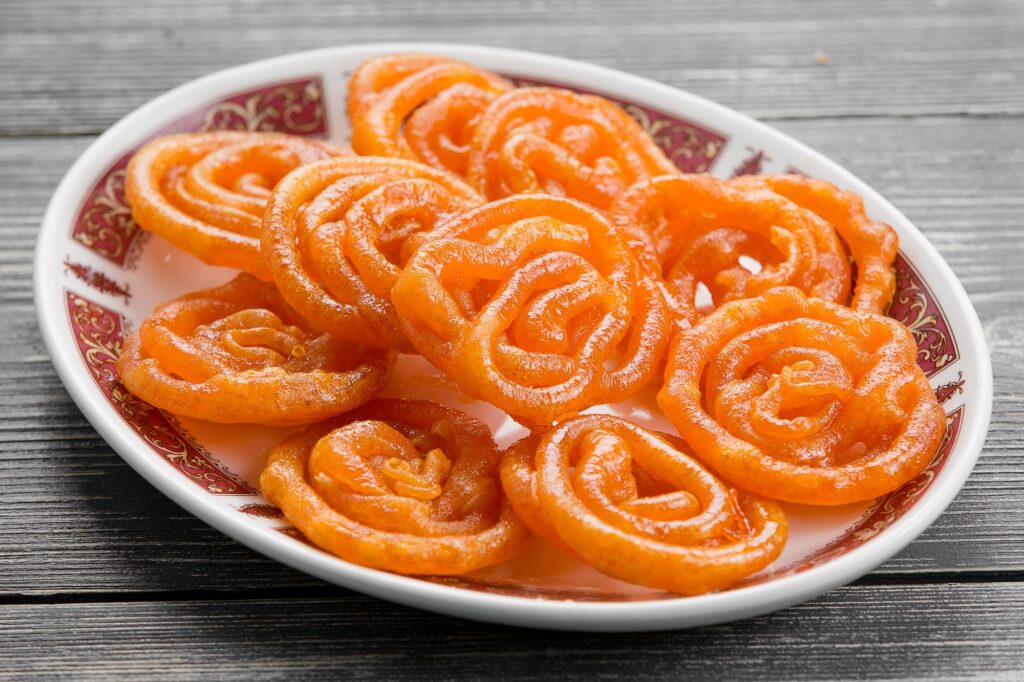
Jalebi: A sweet treat made by deep-frying wheat-flour batter into pretzel or circular shapes, which are then soaked in sugar syrup. Jalebi is enjoyed as a dessert.
Traditional Costumes
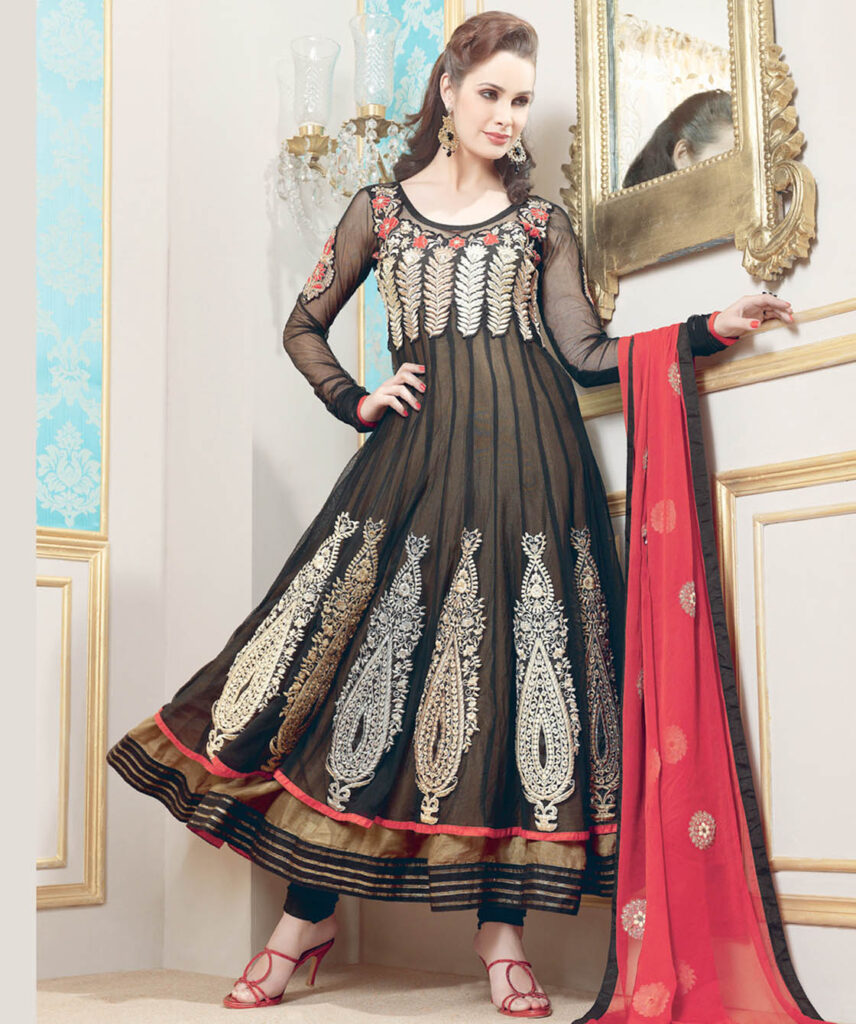
Shalwar Kameez:
- This is the most common traditional outfit worn by both men and women in Pakistan. It consists of loose-fitting trousers (shalwar) paired with a long tunic-like shirt (kameez). Women often wear a dupatta (scarf) with it.
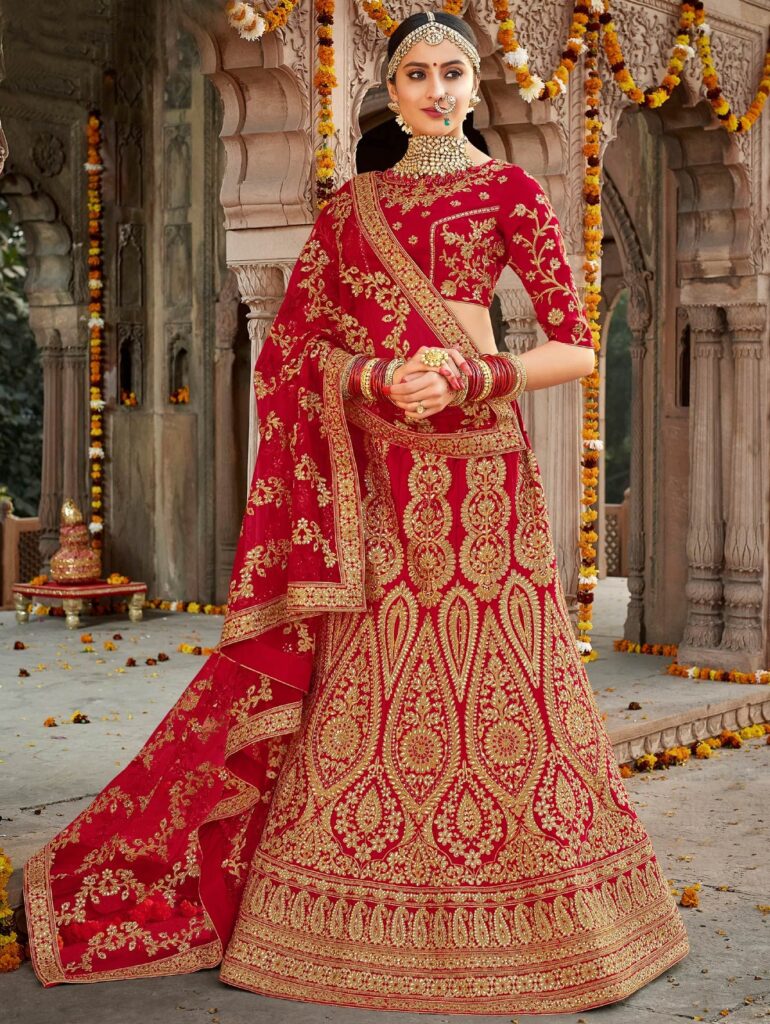
Lehenga Choli:
- Lehenga choli is a traditional outfit, particularly popular among women in Punjab and Sindh. It consists of a flared skirt (lehenga), a short blouse (choli), and a long scarf or dupatta.
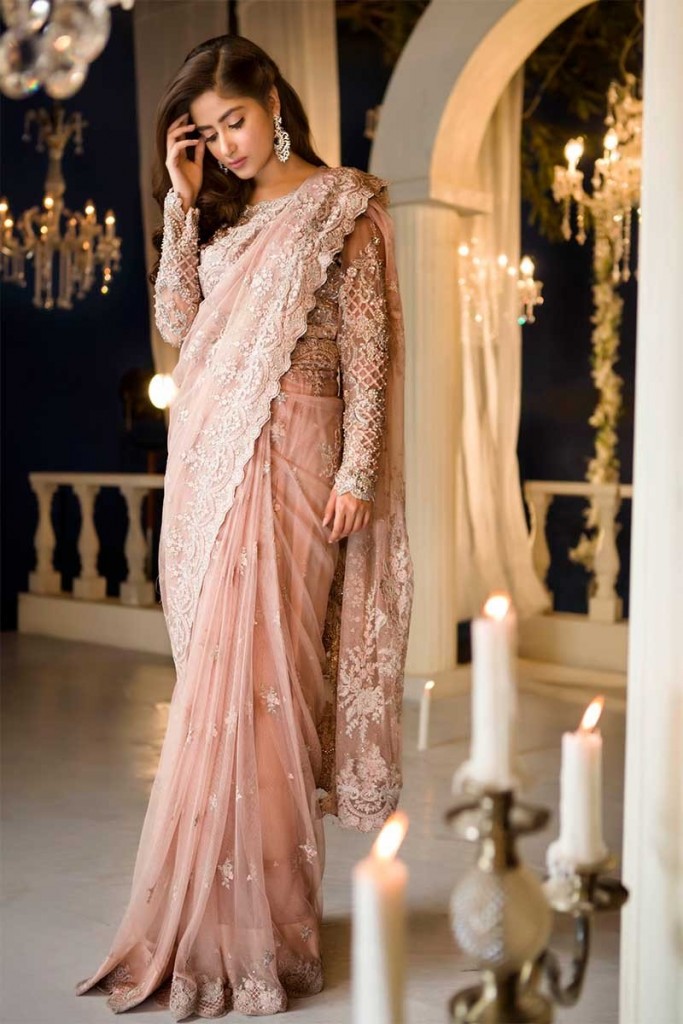
Sari:
- Although more commonly associated with Indian culture, the sari is also worn by women in Pakistan, especially in the eastern parts of the country. It is a long piece of cloth draped elegantly around the body.
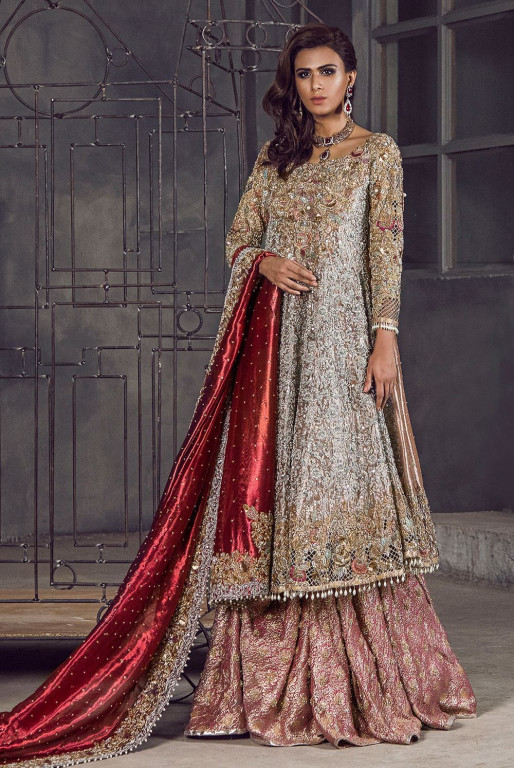
Peshawari Dress:
- The Peshawari dress is popular among men, especially in the Khyber Pakhtunkhwa (KP) province. It includes a loose-fitting, knee-length shirt with embroidery and straight-cut trousers.
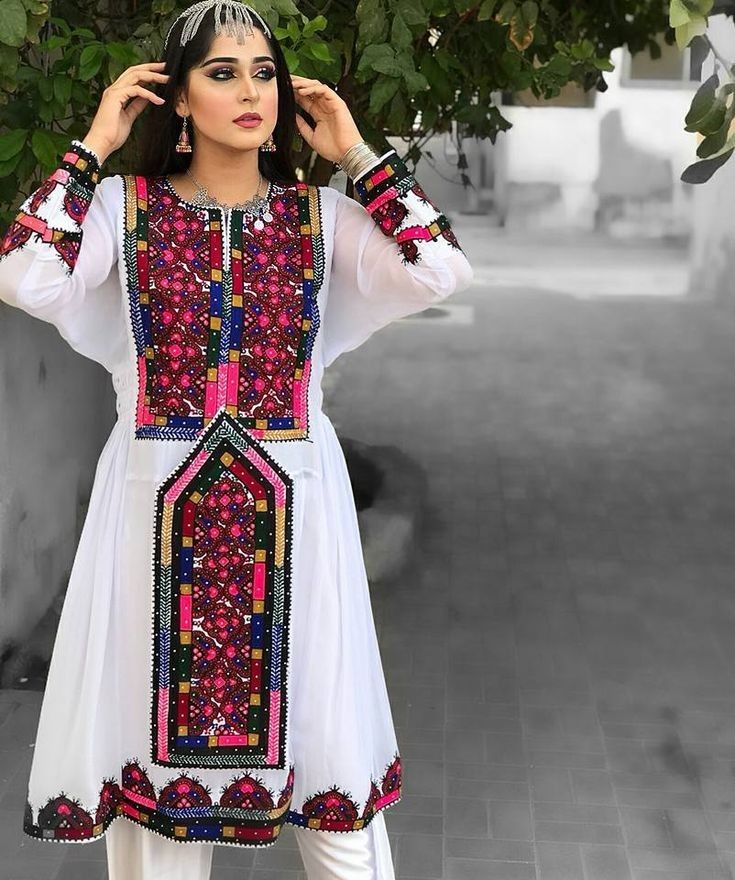
Balochi Dress:
- The traditional dress of the Baloch people includes a loose-fitting tunic (kurta) paired with straight trousers (shalwar). The men often wear a turban, while women wear colorful dresses and elaborate jewelry.
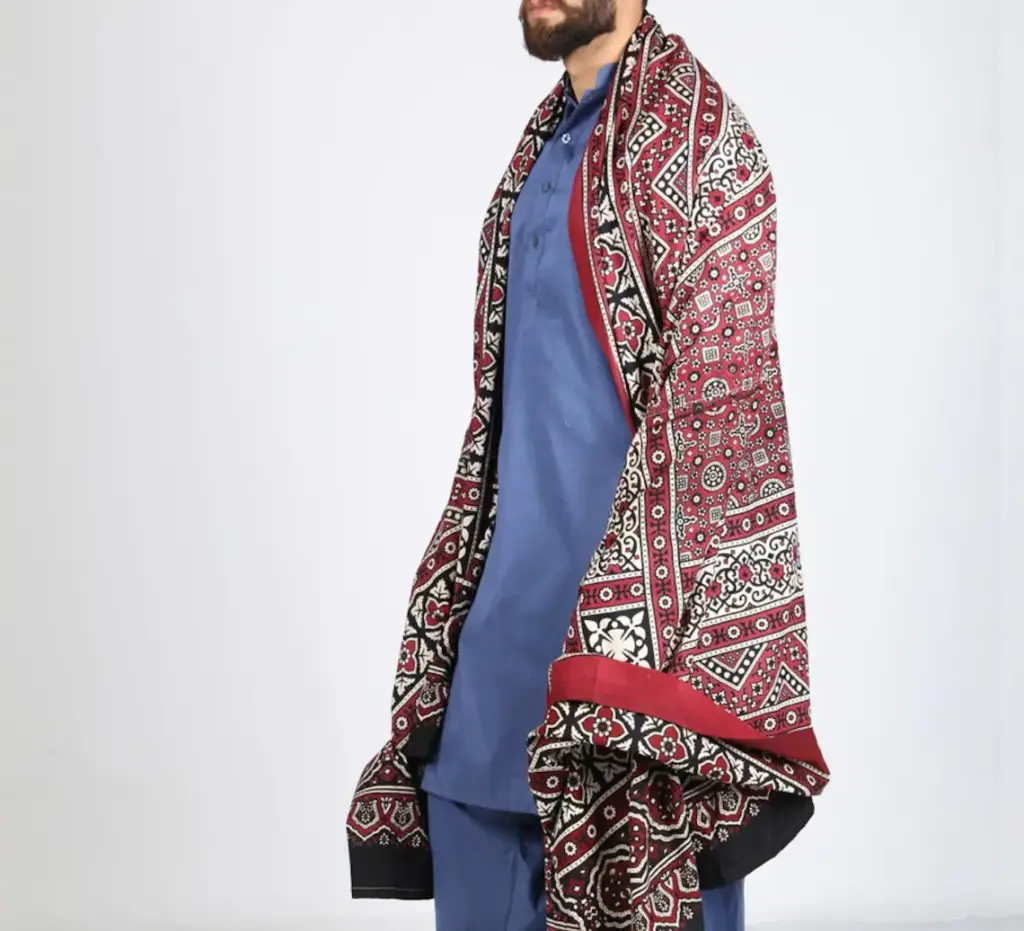
Sindhi Ajrak:
- The Sindhi people are known for their distinctive ajrak, a block-printed shawl or cloth that is an integral part of their traditional dress. It is often worn by both men and women.
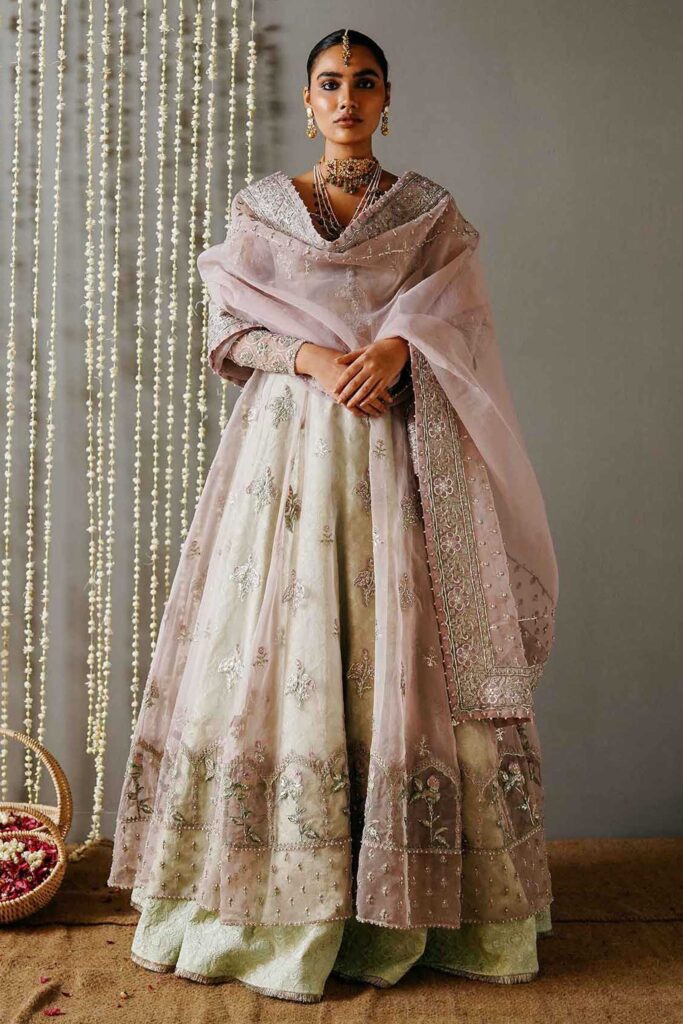
Punjabi Pothohari Suit:
- In Punjab, women often wear the Pothohari suit, which includes a knee-length tunic with intricate embroidery, paired with straight trousers and a dupatta.

Chitrali Patti:
- The people of Chitral, in the northern areas of Pakistan, have a distinct traditional costume known as the Chitrali Patti. It includes a long tunic with embroidered patterns, wide trousers, and a distinctive woolen cap.
Festivals
Pakistan celebrates a variety of festivals, reflecting its diverse cultural and religious landscape. Here are some of the major festivals celebrated in Pakistan:
Eid-ul-Fitr:
- This is one of the most important Muslim festivals celebrated at the end of Ramadan, the holy month of fasting. Families come together, offer prayers, and share festive meals. It is a time for giving and receiving gifts and charity.
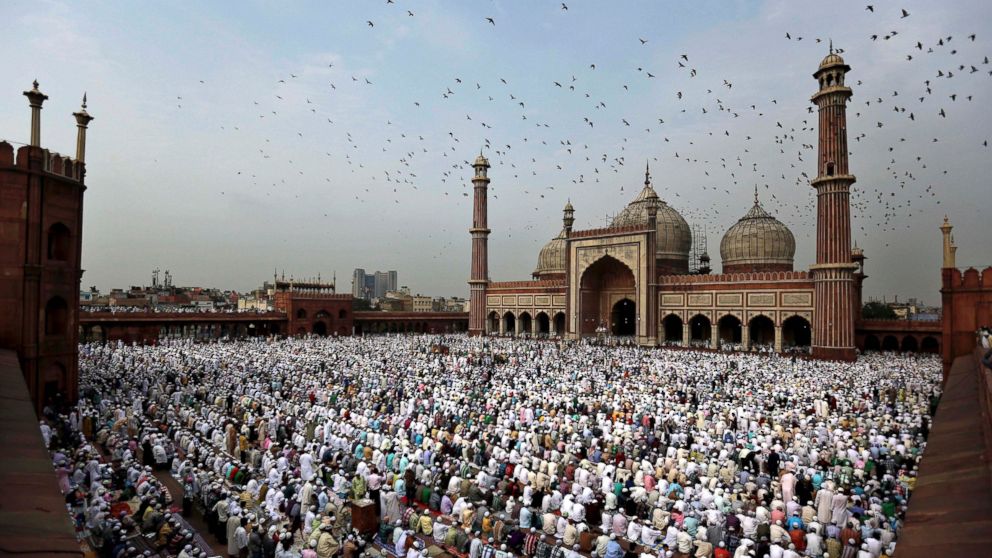
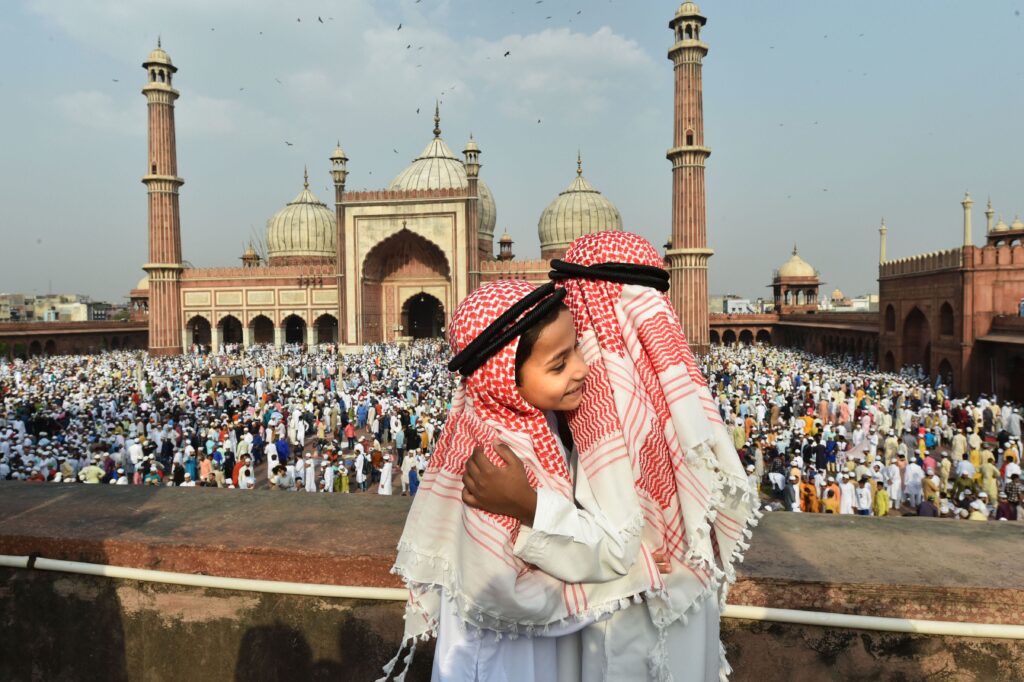
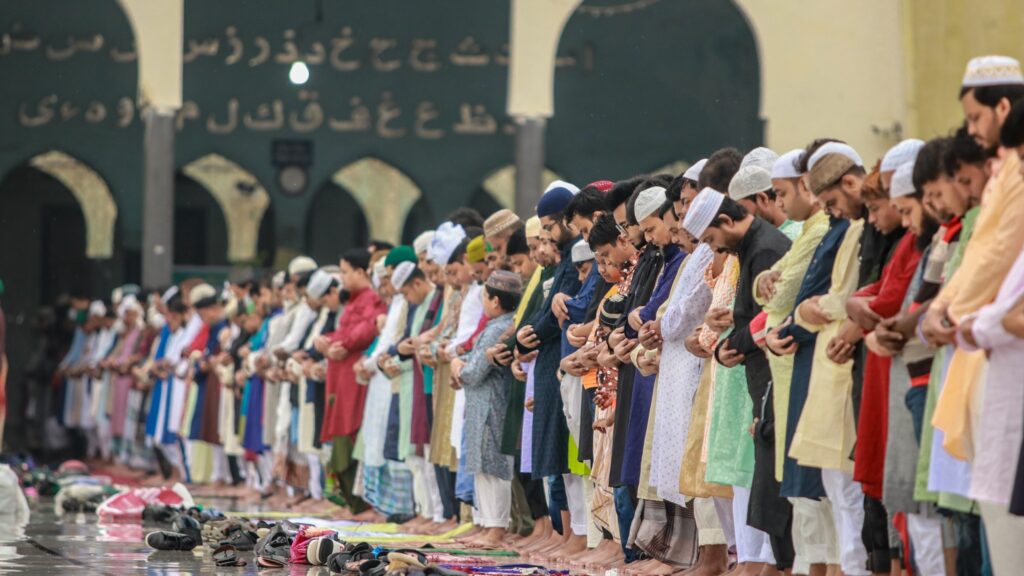
Eid-ul-Adha:
- Also known as the “Festival of Sacrifice,” Eid-ul-Adha commemorates the willingness of Prophet Ibrahim (Abraham) to sacrifice his son as an act of obedience to God. Families sacrifice animals, and the meat is distributed among relatives, neighbors, and the less fortunate.
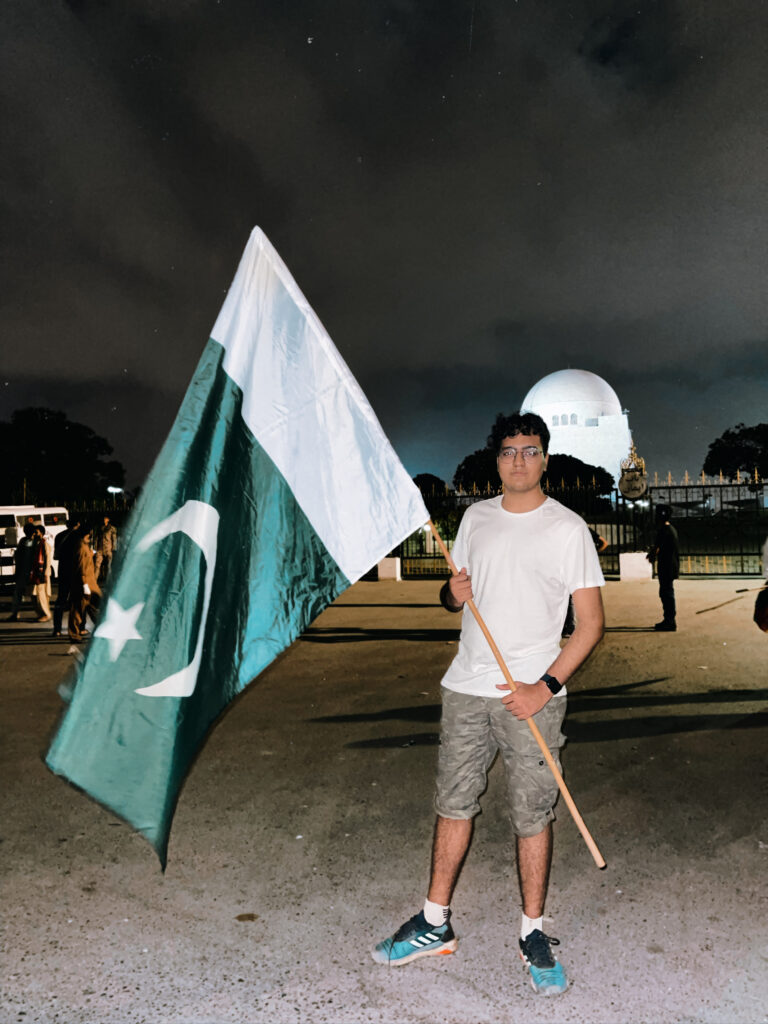
Independence Day (August 14)
Pakistan celebrates its Independence Day on August 14th to commemorate the day in 1947 when the country gained independence from British rule. The day is marked with patriotic fervor, flag hoisting, parades, and cultural events.
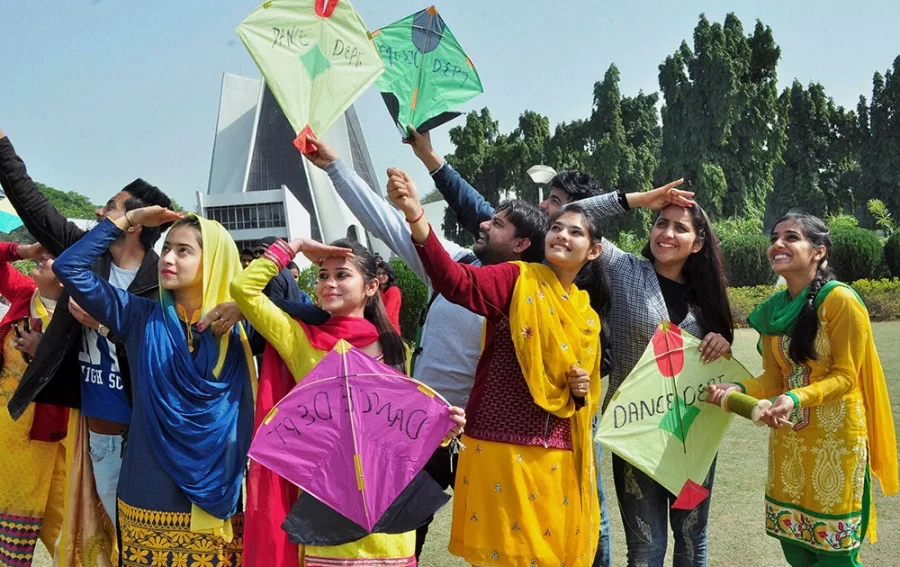
Basant (Kite Festival)
- Basant is a traditional spring festival celebrated in some parts of Pakistan, particularly in Lahore. People fly kites, wear colorful clothes, and enjoy festive foods. However, due to safety concerns associated with kite flying, the festival has faced restrictions in recent years.
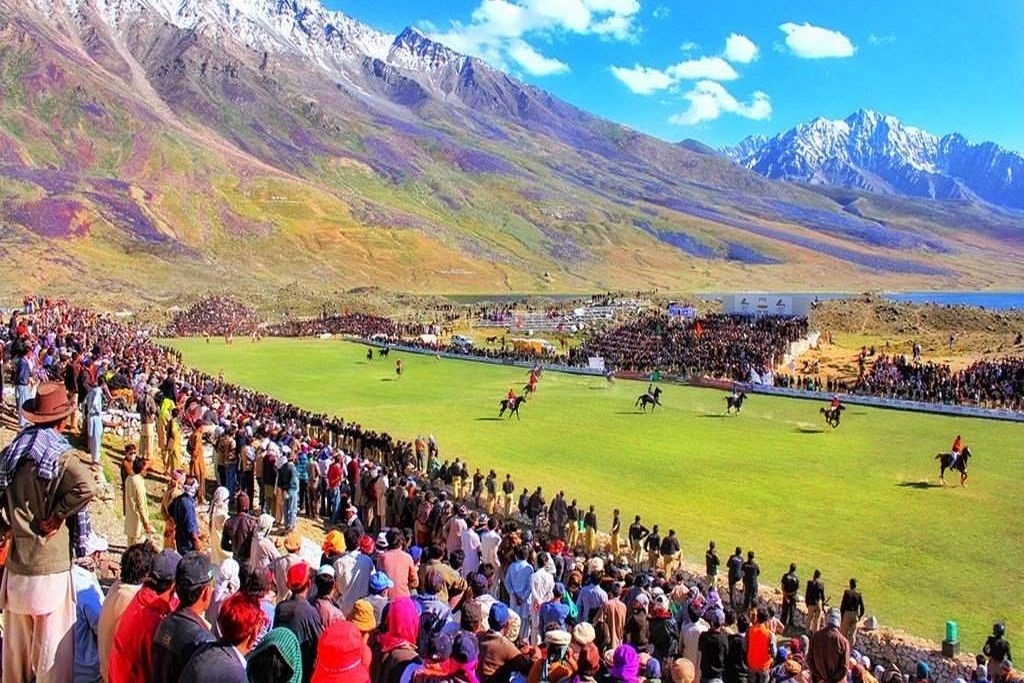
Shandur Polo Festival
- Shandur Polo Festival is held at Shandur Pass in the Gilgit-Baltistan region. It is a high-altitude polo tournament that attracts teams from different regions. The festival also features traditional music, dance, and cultural activities.
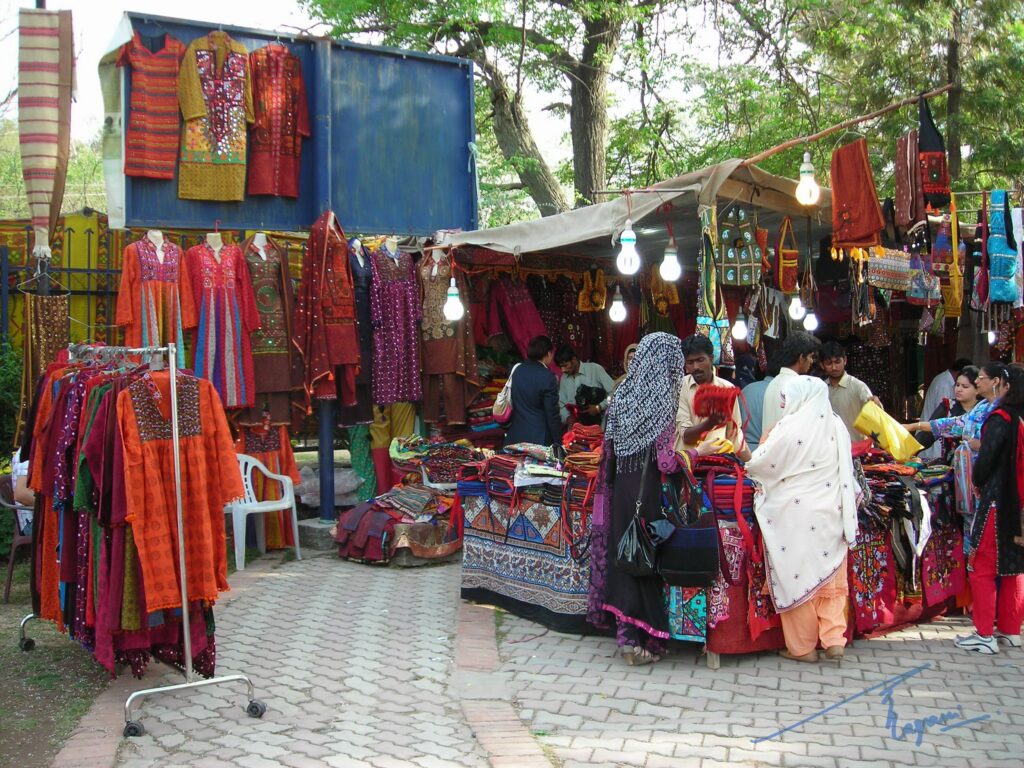
Lok Mela
- Lok Mela is a folk festival organized by the National Institute of Folk and Traditional Heritage (Lok Virsa). It showcases the diverse cultural heritage of Pakistan, featuring traditional music, dance, crafts, and cuisine.

Chilam Joshi Festival
- Celebrated by the Kalash people in the Chitral district, this festival marks the arrival of spring. It involves traditional dances, rituals, and the making of floral wreaths.
Facts…
- World’s Second-Highest Mountain:
- Pakistan is home to K2, the second-highest mountain in the world after Mount Everest. Situated in the Karakoram Range, K2 is renowned among mountaineers for its challenging ascent.
- Largest Deep Sea Port:
- The Gwadar Port, located in the southwestern province of Balochistan, is Pakistan’s largest deep-sea port. It plays a crucial role in the China-Pakistan Economic Corridor (CPEC) and serves as a strategic trade route.
- World’s Highest ATM:
- The National Bank of Pakistan has set up the world’s highest ATM at a height of over 16,000 feet above sea level in the Khunjerab Pass, along the border with China.
- Largest Irrigation System:
- The Indus Basin Irrigation System in Pakistan is one of the largest contiguous irrigation systems in the world. It has been vital for the agricultural productivity of the region.
- Edhi Foundation:
- Pakistan is home to the Edhi Foundation, one of the world’s largest and most organized social welfare systems. Founded by Abdul Sattar Edhi, the foundation provides healthcare, social services, and burial services to millions of people.
- Second Largest Salt Mine:
- The Khewra Salt Mine, located in the Punjab region, is the world’s second-largest salt mine. It is a popular tourist destination, known for its stunning salt formations.
All Service-Learning Articles by Month
- November 2023 (11)
- October 2023 (9)
- September 2023 (5)
